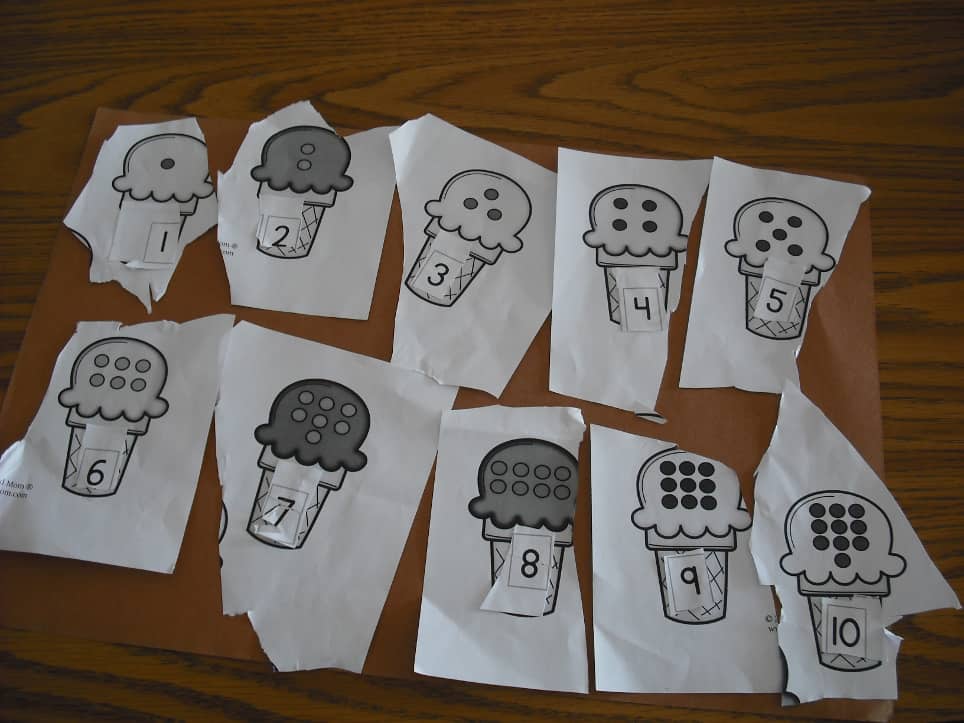Bridging the Knowledge Gap of Special Education Students

By Joan Bright
In all the years I’ve taught special education, the progress I’ve seen with my students this past year at Michigan Technical Academy, a charter school in Detroit, is greater than any other year in my career.
One of my fourth graders with a learning disability, who was reading at a first grade level last September, has made tremendous strides in her academic growth. In the past five months alone, she’s grown a full grade level, and considering her low functionality in academics, this is absolutely astounding.
What’s even more surprising, her success isn’t an outlier for the other twenty-four elementary students I taught this past year. Even though this group of students contains individuals with autism, cognitive impairments, emotional impairments, as well as physical and learning disabilities, they reached some amazing goals:
- Reading: 78% of students hit a target of over one year’s worth of growth and 68% achieved on grade level standards.
- Math: 71% of students had more than a year’s worth of growth and 61.5% achieved grade level standards.
In terms of growth rates, these students are out performing children in many general education classes at other schools. Success for most special ed students is measured by how independently they can function on their own academically and in life – getting them on grade level with their peers is often not a realistic goal. But if the level of growth I’m seeing continues, many of these students will be able to exit the special education program altogether.
Here’s how the system has changed and why I think it’s getting results:
I’ve taught special ed students for 32 years, at a number of schools in Texas, Washington State and Michigan. The typical process, as most special ed teachers will recognize, is to sit down with a group of five to six students at a time, teach them how to do an activity, practice it together and then have them try it on their own, applying the knowledge on worksheets or projects.
 The model wasn’t structured around individual students, despite the need for each student to master different skills at their own pace. Simply put, not all special education students are the same and teaching for the “average” student means some will learn more slowly than they’re capable of and some will be left behind.
The model wasn’t structured around individual students, despite the need for each student to master different skills at their own pace. Simply put, not all special education students are the same and teaching for the “average” student means some will learn more slowly than they’re capable of and some will be left behind.
Over the past year, however, under the new leadership of Matchbook Learning–a charter management organization with a track record for turning around bottom 5% schools–Michigan Technical Academy now uses an innovative blended learning model and proprietary technology platform called Spark. As a result, we have seen dramatic improvements in special education student performance.
This personalized, self-paced blended learning model, naturally lends itself to serving the needs of special education students. In my classroom, students are steadily closing the gaps in their knowledge and are working towards reaching grade level. If you stopped by for a visit, you’d see some students working with props or “manipulatives” such as blocks to learn concepts like subtraction and borrowing, while others are using various computer applications or working on real-life projects.
 One of my second graders with autism learns rather quickly, and after a week’s worth of repetition and practice with the blocks, he was ready to apply his knowledge to paper-pencil and computer assignments. Another student, cognitively impaired, processes concepts differently and much more slowly, and needed several weeks filled with repetition and practice before she was ready to progress. This model allows for tailoring learning to the specific needs and learning style of each child. The learning cycle also allows for teachers to spend time working with students both individually and in small groups.
One of my second graders with autism learns rather quickly, and after a week’s worth of repetition and practice with the blocks, he was ready to apply his knowledge to paper-pencil and computer assignments. Another student, cognitively impaired, processes concepts differently and much more slowly, and needed several weeks filled with repetition and practice before she was ready to progress. This model allows for tailoring learning to the specific needs and learning style of each child. The learning cycle also allows for teachers to spend time working with students both individually and in small groups.
Even in a traditional pull-out classroom, my students would not have had sufficient time to learn such basic concepts well enough to move onto new material. Working within a model that allows for that type of individualized learning environment has made a tremendous difference.
When tested on concepts they learned earlier in the year, we found that most students retained the knowledge to a far greater extent than we’d expected. For some of these students, understanding and being able to apply basic concepts such as addition or subtraction can be the difference between depending on someone to take care of them and becoming a contributing, independent member of society.
Although this is just the first year of turning around one school with twenty-five special education students, this self-paced, personalized learning model is something different, something better than I’ve seen in all the years I’ve worked in this field, and I am excited to see what the next year will bring.
For more, see:
- Inclusive Special Education via Project Based Learning
- Vanessa’s Journey: Empowering Special Education Through Technology
- Expanding the Reach of Online Learning to Special Education Students
Joan Bright is the special education teacher at Michigan Technical Academy. Follow the school on Twitter: @MTAMinds.
Stay in-the-know with all things EdTech and innovations in learning by signing up to receive the weekly Smart Update.





0 Comments
Leave a Comment
Your email address will not be published. All fields are required.